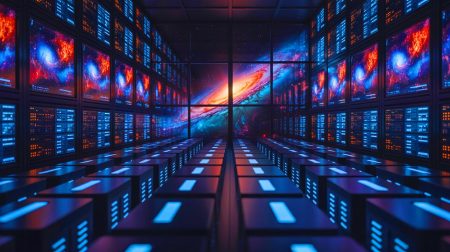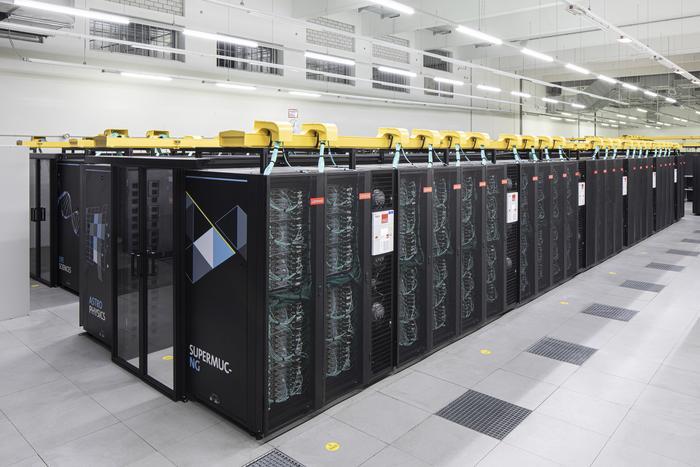| IN A NUTSHELL |
|
Turbulence is a phenomenon that pervades our daily lives, from the swirling of coffee to the chaotic currents of ocean waves. However, this complex state is not only confined to Earth. It extends across the vastness of space, influencing galaxies and even the universe itself. Despite its ubiquity, turbulence remains one of the most challenging puzzles in physics, particularly how energy moves across different scales. In an extraordinary breakthrough, an international team led by Princeton University and the University of Toronto has successfully simulated the largest scale of magnetized turbulence ever observed, offering unprecedented insights into this mysterious cosmic dance.
The Scale of Galactic Turbulence
Focusing on the turbulence within the interstellar medium, researchers have delved into the chaotic movements that fill the space between stars in our galaxy. These simulations revealed striking differences from traditional astrophysical models, especially concerning the role of magnetic fields. The findings highlighted that magnetic fields significantly influence how energy moves and dissipates through cosmic spaces. The simulations demonstrated that these fields reduce small-scale turbulent motions while amplifying specific wave-like phenomena known as Alfvén waves.
This new understanding could have profound implications for comprehending the galaxy’s turbulent structure, the dynamics of energetic particles, and the star formation process in turbulent environments. According to NASA, large-scale turbulence is crucial for the formation of stars within the Milky Way’s vast molecular clouds. As James Beattie from Princeton University notes, the ongoing challenge lies in discovering universal features of turbulence across the universe, pushing the boundaries of next-generation simulations to further test these ideas.
The Role of Supercomputers
Accurately predicting how energy transfers from large to small scales in any medium, be it oceans, atmospheres, or space, remains a formidable task. The presence of magnetic fields in space complicates this modeling further, necessitating immense computing power. This is where the SuperMUC-NG supercomputer at the Leibniz Supercomputing Centre in Germany comes into play. This supercomputer has enabled researchers to condense what would be millennia of calculations into a feasible timeframe.
The resulting model produced a vast virtual cube, with each side measuring 10,080 units, representing the largest simulation of magnetized turbulence to date. This massive computational feat allows researchers to explore phenomena across a broader range of scales than ever before. The implications of this research extend beyond theoretical physics. A deeper understanding of turbulence could significantly impact space travel, providing crucial insights into the creation of high-energy particles and potentially enhancing safety measures for future missions.
Practical Implications for Space Exploration
In recent years, the commercial space flight industry has taken significant strides, making space weather prediction increasingly vital for the safety of both equipment and human lives. Understanding the plasma environment around satellites and space missions is crucial, as Amitava Bhattacharjee, a co-author of the study, emphasizes. The research sheds light on the acceleration of highly energetic particles, which can damage instruments and pose serious risks to astronauts.
The study, published in the journal Nature Astronomy, highlights the potential for improving space weather forecasts, thereby safeguarding the technology and personnel that venture beyond Earth’s atmosphere. As we advance into a new era of space exploration, these insights could prove invaluable for ensuring the continued safety and success of missions beyond our planet.
Future Prospects in Turbulence Research
As our understanding of turbulence evolves, the possibilities for future research seem limitless. The integration of advanced computational models and powerful supercomputers is paving the way for new discoveries in this complex field. The dream of identifying universal characteristics of turbulence across different cosmic environments drives researchers to continue expanding the limits of current simulations.
With every breakthrough, the scientific community moves closer to unraveling the intricate dance of energy in the universe. As we stand on the brink of new discoveries, the question remains: How will our growing understanding of turbulence shape the future of space exploration and our comprehension of the universe?
Did you like it? 4.5/5 (22)







Wow, this is mind-blowing! The universe is more chaotic and beautiful than we thought. 🌌